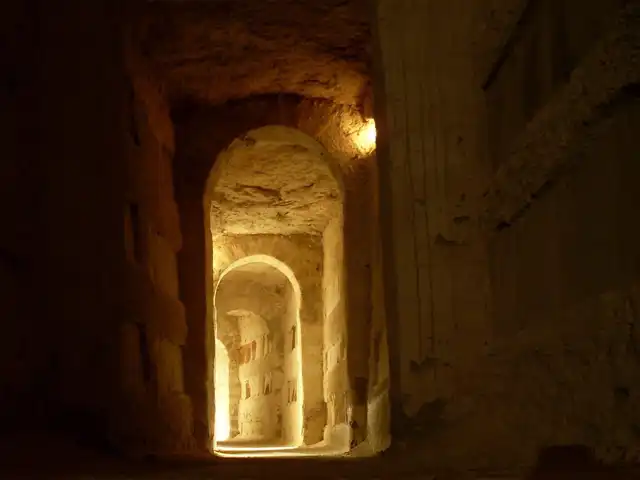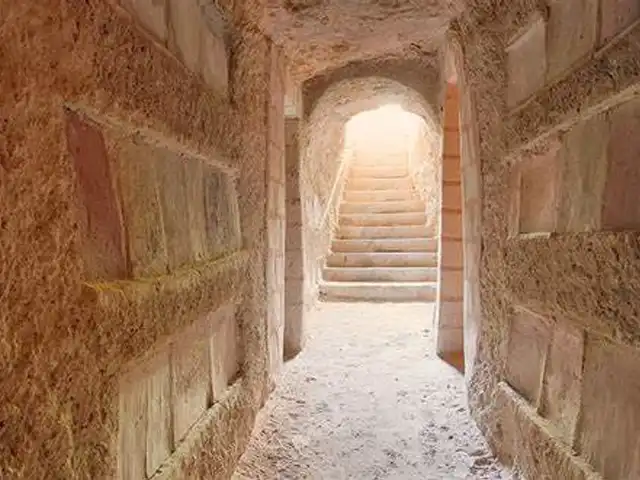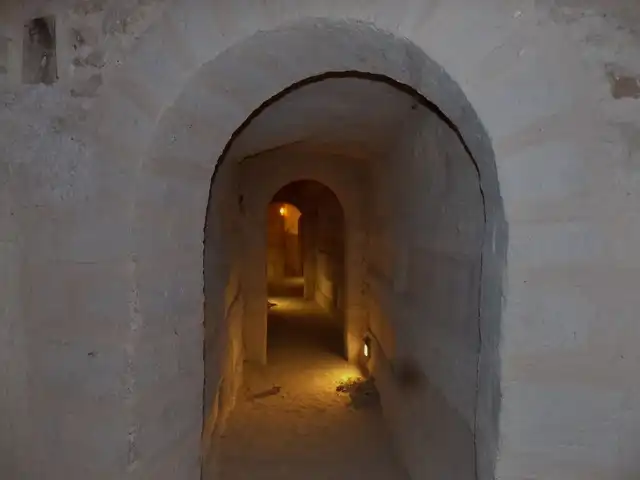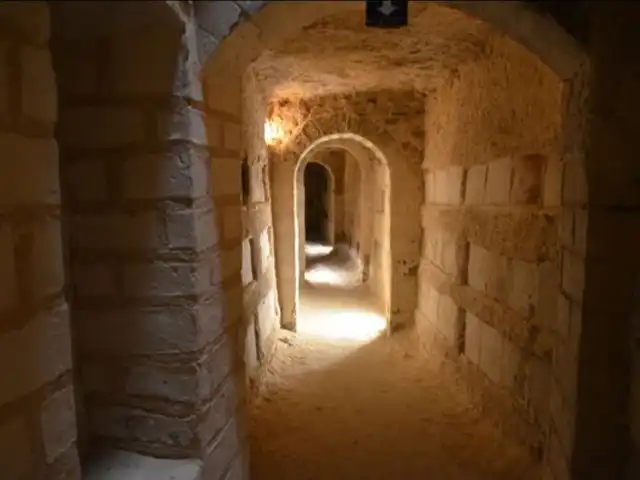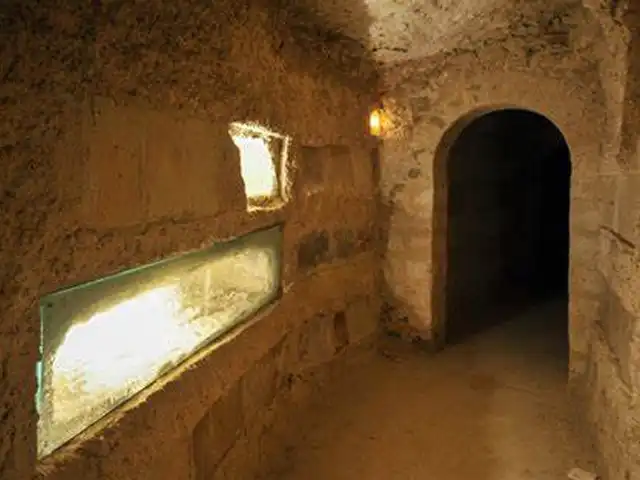The catacombs of Sousse
The Catacombs of Sousse are a series of underground tombs in the city of Sousse, Tunisia. They are believed to have been used as a burial site during the 3rd and 4th centuries AD, when Sousse was a thriving Roman city known as Hadrumetum. The catacombs are located beneath the modern-day city and consist of a network of narrow underground passages and tombs, some of which are decorated with Christian symbols and frescoes.
Despite their historical and cultural significance, the Catacombs have faced numerous threats over the years, including damage from weathering and neglect, as well as looting and illegal excavation. In recent years, efforts have been made to preserve and protect the site, including restoration work and the installation of security measures.
Visitors to the Catacombs can explore the underground passages and tombs and see the ancient frescoes and symbols up close. The site provides a unique insight into the early Christian community in Sousse and the broader Roman world, and is a valuable example of early Christian art and architecture.
These catacombs are in the form of galleries which extended over 5 kilometers and which would contain no less than 15,000 graves.
A true necropolis laid out in the basement towards the end of the first century by the Christians to bury their dead there during the times of persecution, these tombs were laid out in the walls of the galleries on two or three levels.
At more or less regular intervals, we note the presence of niches which housed the oil lamps which illuminated this labyrinth with their weak light.
A clandestine cemetery, the Catacombs also served as a place of worship and refuge for the first followers of Christianity and were used until the end of the 4th century.
It was also a space of sacred artistic creation, as evidenced by some of the works exhibited in the Sousse museum: epitaphs and engravings on marble, representing sacred symbols (fish, doves, the Good Shepherd, etc.).
The catacombs of Sousse in pictures
